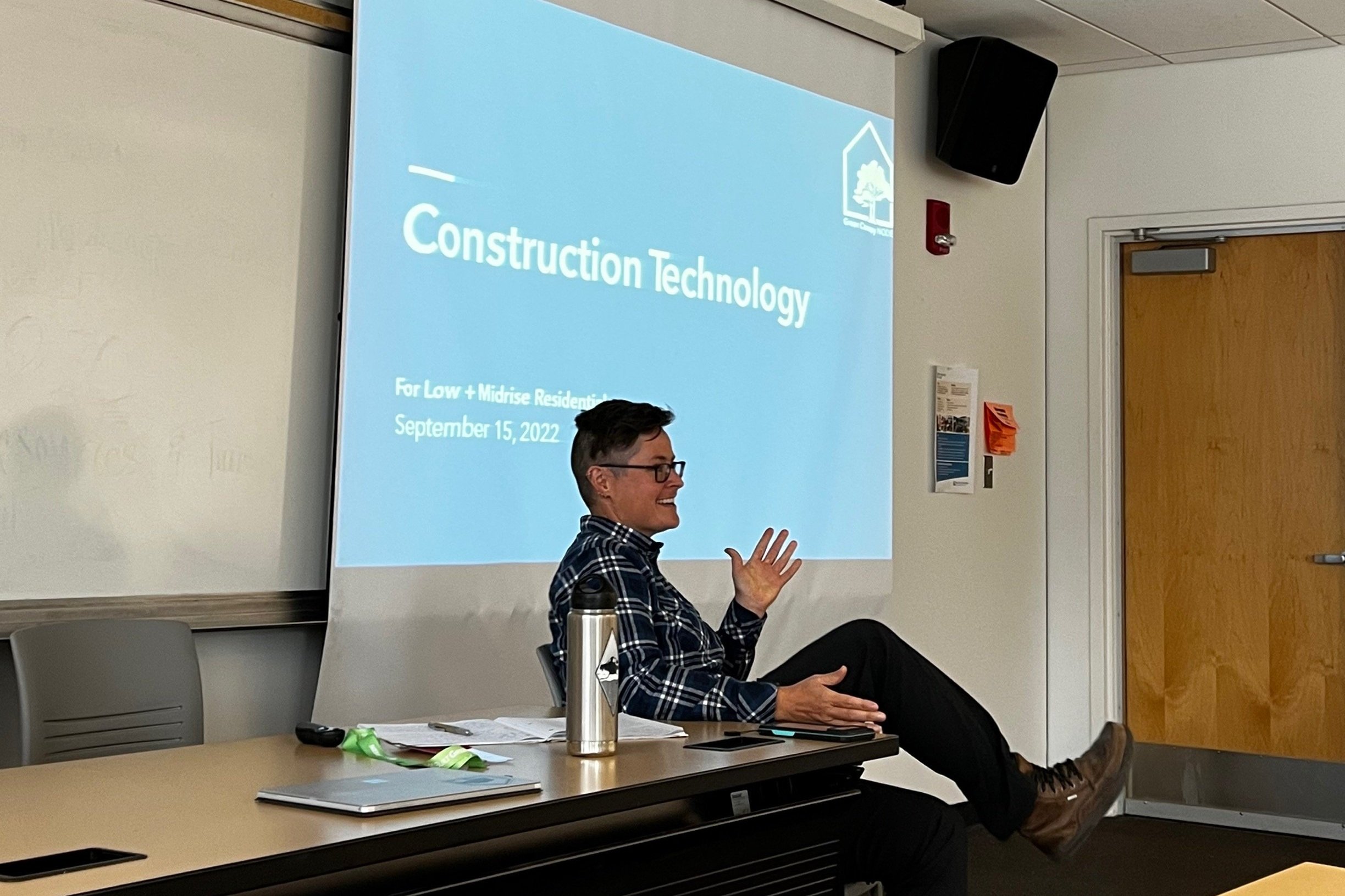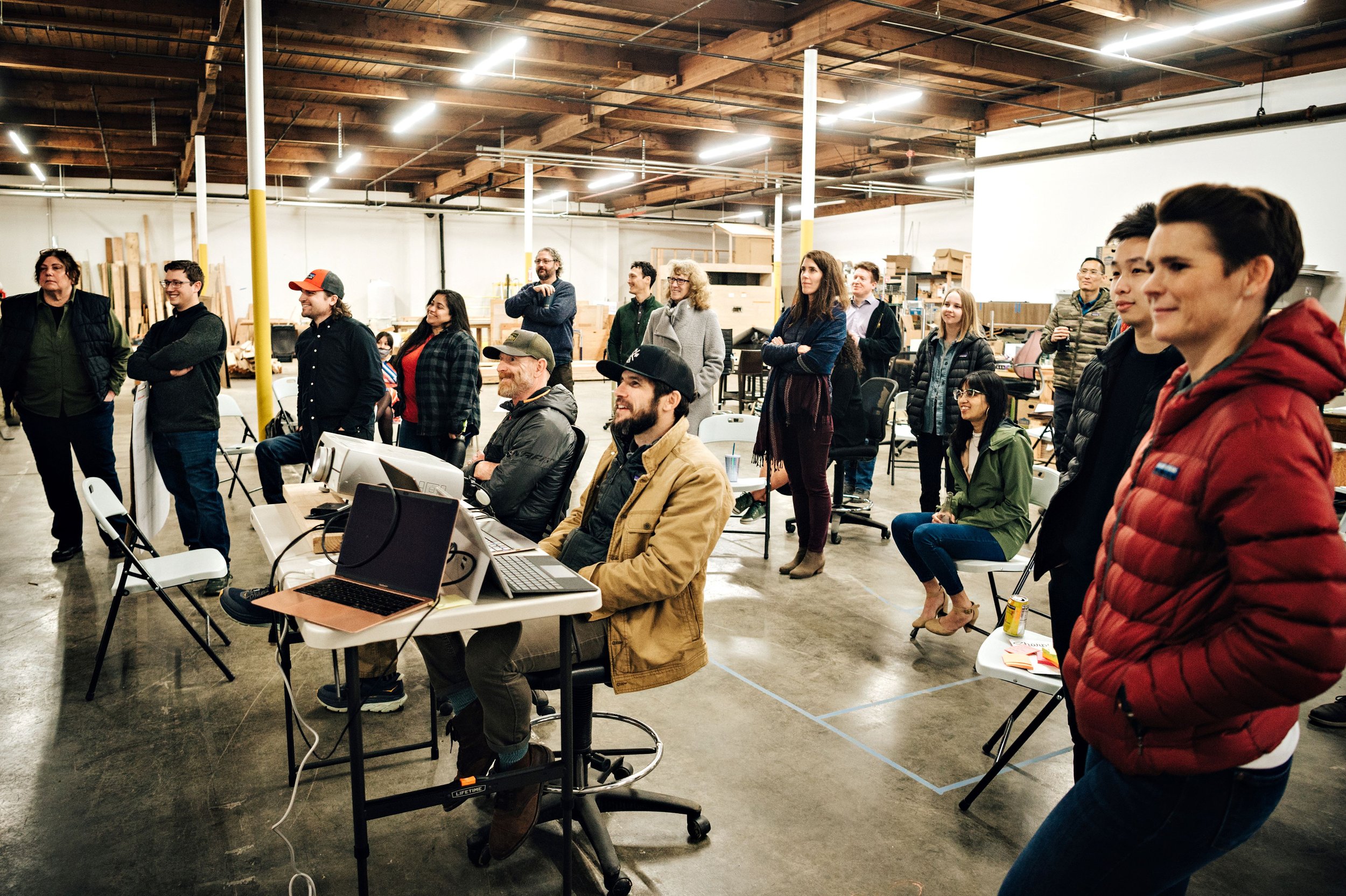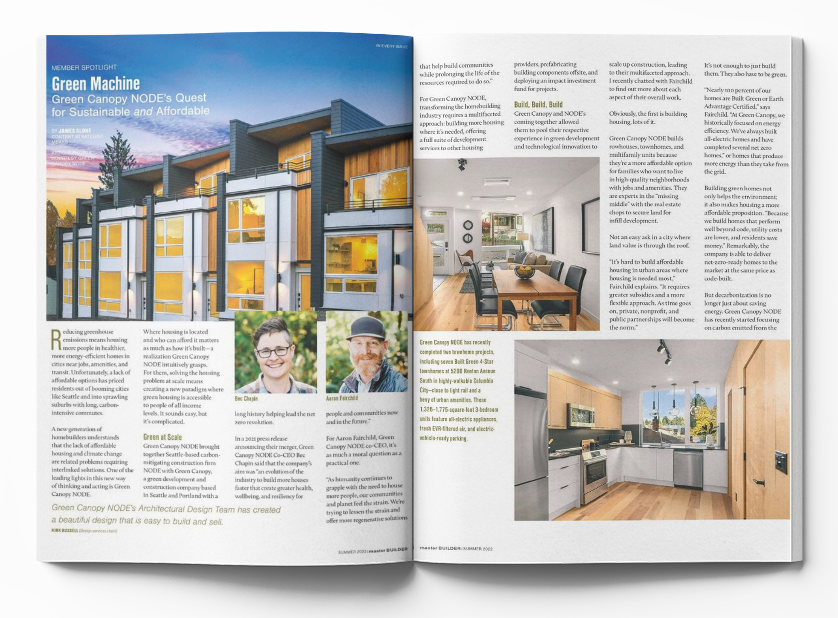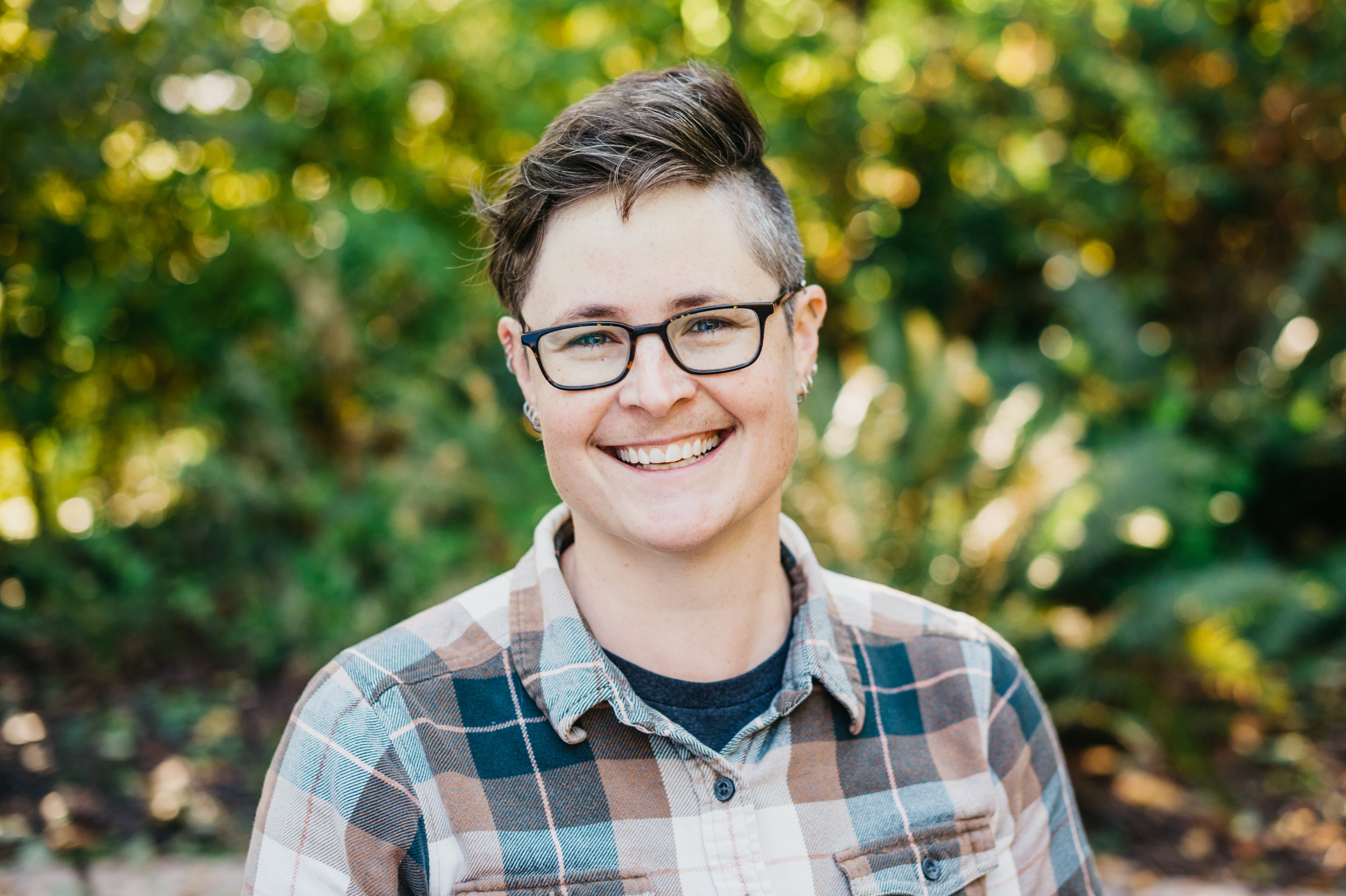SEATTLE, Washington (January 17, 2023) – Green Canopy NODE was recently named one of Seattle Business magazine’s 2022 Washington’s Best Companies to Work for. “We are both humbled and excited by this recognition. In good and hard times, we always keep our company’s mission and co-created values centered and guiding us forward,” said Aaron Fairchild, co-CEO of Green Canopy NODE.
Washington’s Best Companies to Work for was created by Seattle Business magazine and Best Companies Group to identify, recognize, and honor the best employers in Washington, benefiting the area's economy, workforce, and businesses.
“Our team shows up with courage and vulnerability to co-create a culture in which we can all see our fingerprints, nurturing us to be more caring and aware,” remarked Ami Nieto, HR Director. Green Canopy NODE’s talent management strategy prioritizes diversity and inclusion, cultivating a work environment in which all team members can thrive in authenticity.
This accolade acknowledges companies based on workplace policies, practices, and philosophy. Employee experience is also surveyed, and this component is key when deciding. Green Canopy NODE believes that employees resonate with a culture they can call their own. “Together, we're building the future of housing. We're deeply committed to being a team – driven by innovation and collaboration. We know that it’s people working together that brings change,” concluded co-CEO Bec Chapin.
Green Canopy NODE recently took another step toward inclusion by pushing to democratize company investment through its first Equity Crowdfunding campaign – allowing everyone to invest in more sustainable and healthy homes for all. Learn more about Green Canopy NODE’s offering and how to invest at https://www.startengine.com/offering/greencanopynode
Green Canopy NODE is an integrated construction technology, real estate development, and fund management company. Over its history, it has sought to embrace the innovation required to change the current paradigm of housing development and deliver on its commitment to help regenerate communities and environments. The company works with its clients and investors to develop high-performing, deep green, all-electric, and healthy housing.
For more information, please contact:
Susan Fairchild
Chief Marketing Officer
susan@greencanopynode.com
















































